Ancient Olive Oils Heritage Groves of the Maltese Islands
11 min read Explore Malta's ancient olive oil heritage, traditional groves, and their role in authentic Maltese culinary culture. September 26, 2025 09:05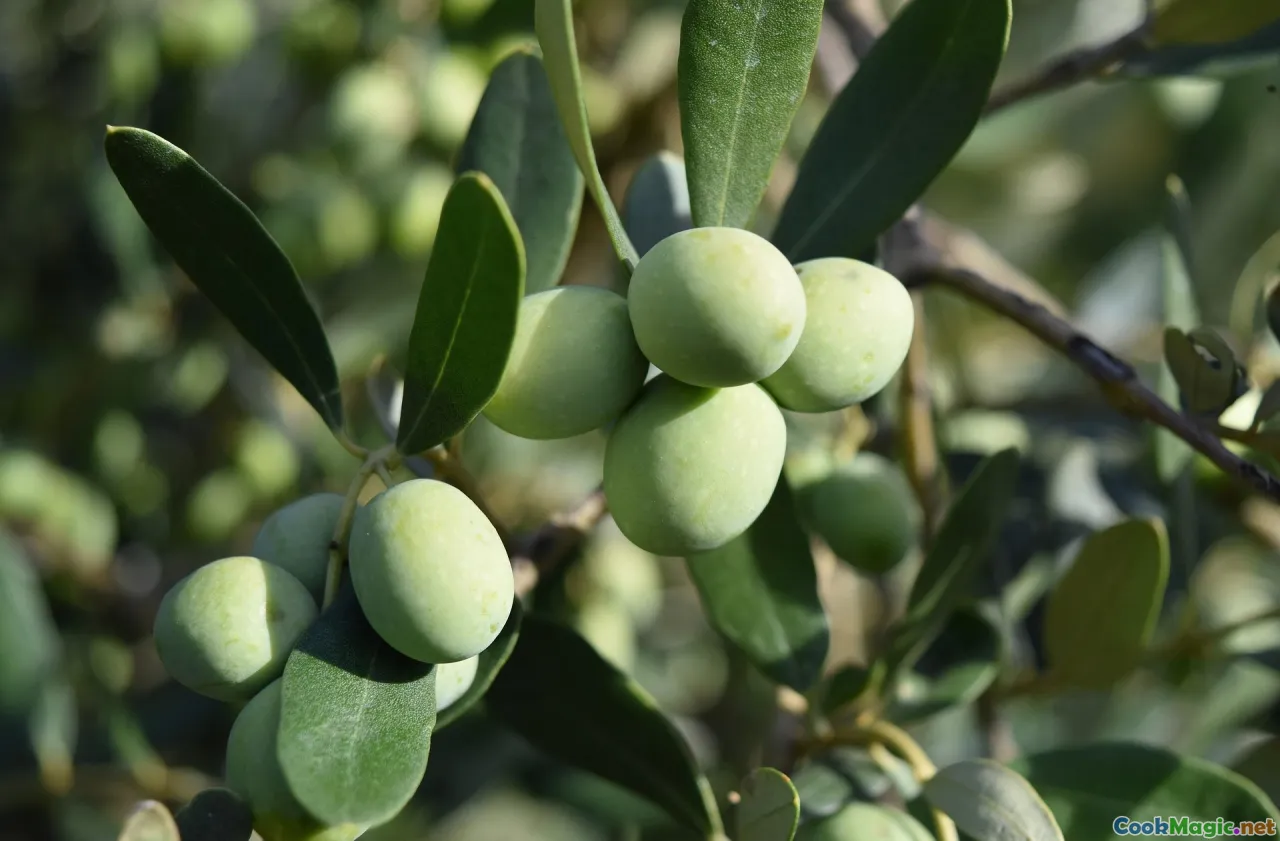
Ancient Olive Oils Heritage Groves of the Maltese Islands
Steeped in millennia of history, the Maltese Islands harbor a treasure trove beneath their rugged, sun-kissed terrain—the ancient olive groves that have woven themselves into the very fabric of Maltese culture. Walking through these heritage groves is like traversing a living museum; each gnarled tree whispers stories of successive civilizations, culinary traditions, and timeless natural beauty. For passionate foodie explorers and lovers of authentic flavor, uncovering the soul of Maltese olive oil is an invitation to savor the rich tapestry of history, geography, and craftsmanship embedded in every drop.
Imagine a crisp morning in late autumn as the golden Mediterranean sun filters through silver-green leaves, hinting at the promise of harvest. The scent of ripe olives—green and briny, infused with earthiness—tempts even the most hesitant palates to experience centuries of tradition in a single taste. Olive oil from these ancient trees is not merely a condiment but a mirror reflecting Malta's resilience, artistry, and unbreakable bond with its land.
The Roots of Maltese Olive Heritage
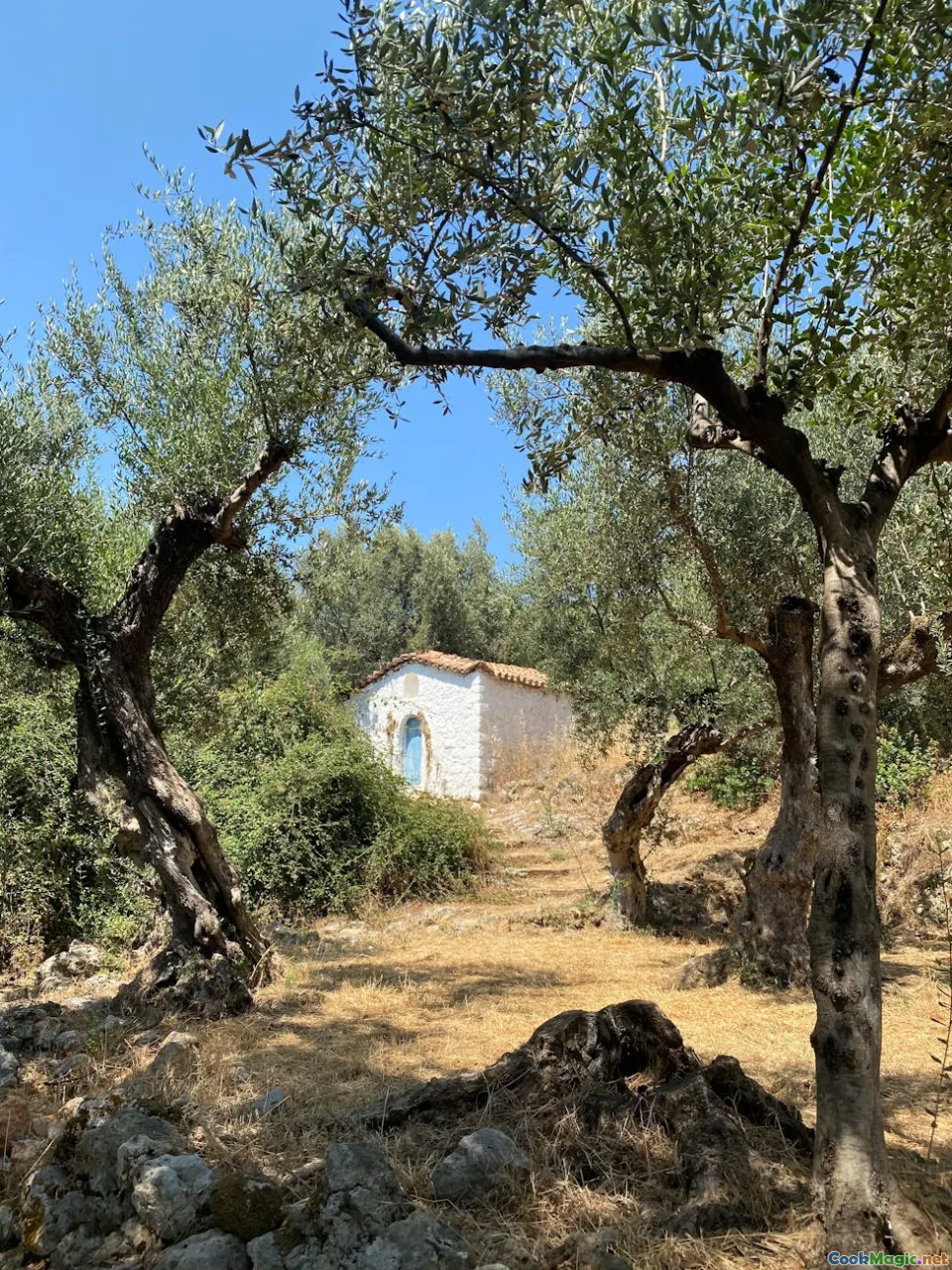
Few landscapes evoke such a sense of continuity as Malta’s ancient olive groves. Dating back over 2,500 years, many trees in these groves are considered living monuments, with trunks reaching staggering girths and roots delving deep into the terraced rocky soil. The Mediterranean climate—hot, dry summers and mild, wet winters—has shaped the growth of these hardy trees, resulting in resilient, intensely flavored olive varieties.
Historically, olive cultivation in Malta traces as far back as the time of the Phoenicians, who introduced the crop around 1,000 BCE. Later civilizations, including the Romans and Byzantines, revered Malta as a crucial hub on the route of trade and exchange, seamlessly integrating olive oil into their daily spiritual, medicinal, and culinary practices. Today, the heritage remains alive, with local growers continuing to nurture ancient varieties such as the Gordaliano, Caltaverde, and Muzzetta, which are treasured for their distinct flavors and aromatic profiles.
Navigating the Olive Harvest: Tradition Meets Art

In the cool of early morning, local farmers—often descendants of generations past—embark on the sacred ritual of olive harvest. This process is an immersive experience, blending tradition, craftsmanship, and sensory pleasure. Hand-picking remains the gold standard, ensuring only the ripest, healthiest olives make it to the press, thereby preserving the unique qualities of Malta’s native varieties.
Picture clusters of olives—some vividly green, others turning a deep purple-black—clinging to gnarled branches. The air is thick with the pungent, slightly bitter aroma of fresh fruit. Farmers use simple yet effective tools like traditional wooden combs or rakes to gently dislodge the fruit, taking care not to damage the trees.
After harvest, olives are swiftly transported to local mills—called presses—where they undergo a process still rooted in centuries of tradition. Cold-pressing is vital to retain the oils’ delicate flavors and antioxidants, making the resulting extra virgin olive oil a treasure that embodies purity and sunlight.
The Olives and Their Journey: From Grove to Gourmet
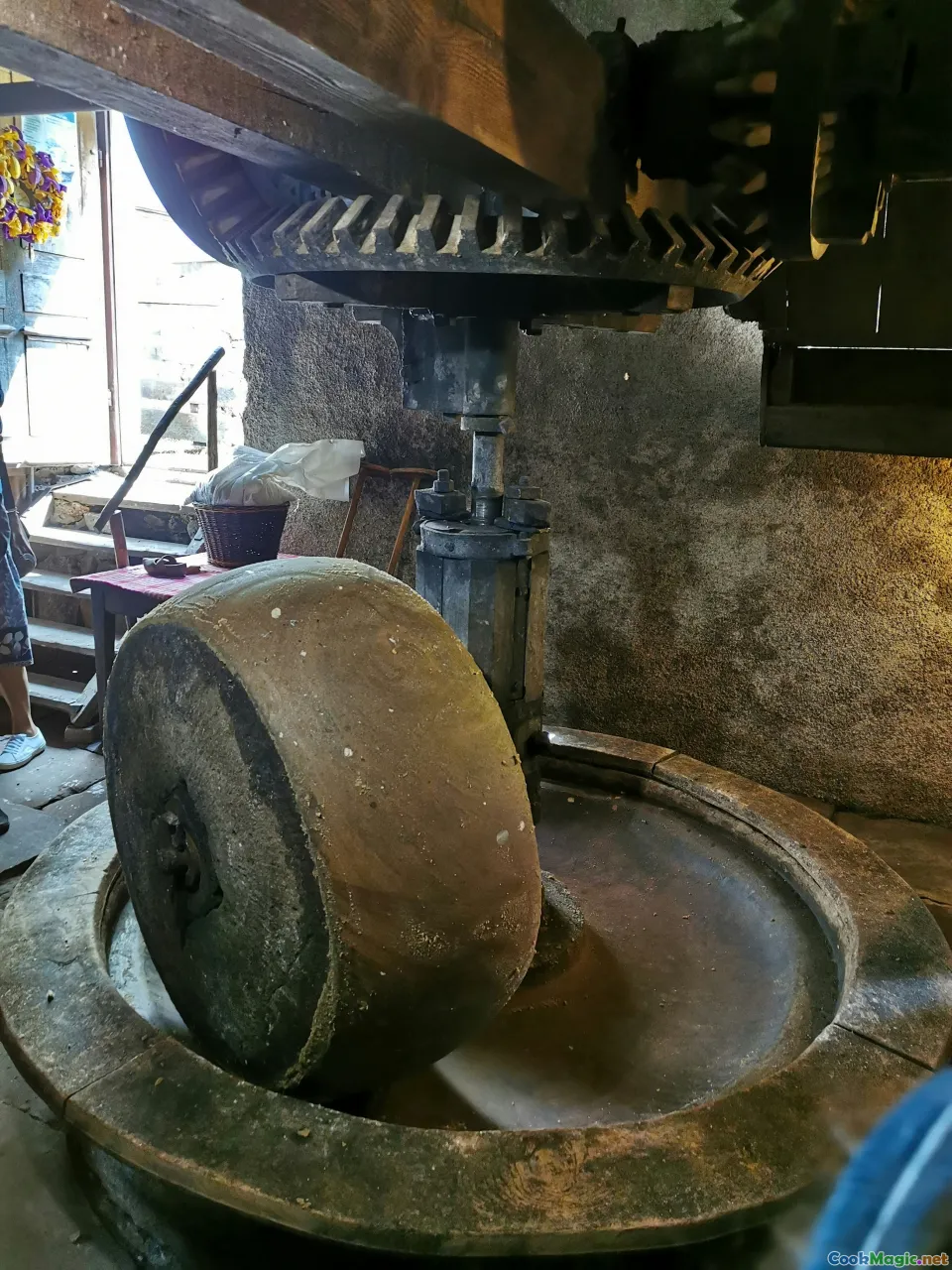
The transformation from olive to oil is a ballet of ancient techniques and modern technology. Traditional stone mills, often powered by donkey or manual labor, pulverize the olives into a paste, which is then pressed to extract the precious liquid. Many heritage groves still honor this ancestral method, gently shredding the olives to preserve volatile aromatic compounds.
In contrast, industrial-scale presses utilize state-of-the-art centrifugal decanters, but even amidst modernity, dedicated Maltese artisans often take pride in maintaining traditional practices. This preservation ensures that each bottle of Maltese extra virgin olive oil is imbued with a sense of time and place, tasting as authentic as the terrain itself.
When you open a bottle of Maltese heritage olive oil, expect to be greeted by a vivid aroma—notes of ripe almonds, green apple, and a hint of herbal zest. The palate is robust yet silky, with a peppery finish that awakens the senses. This sensory symphony elevates simple dishes into expressions of cultural pride.
Celebrating Maltese Olive Oil: Culinary Traditions and Modern Creations
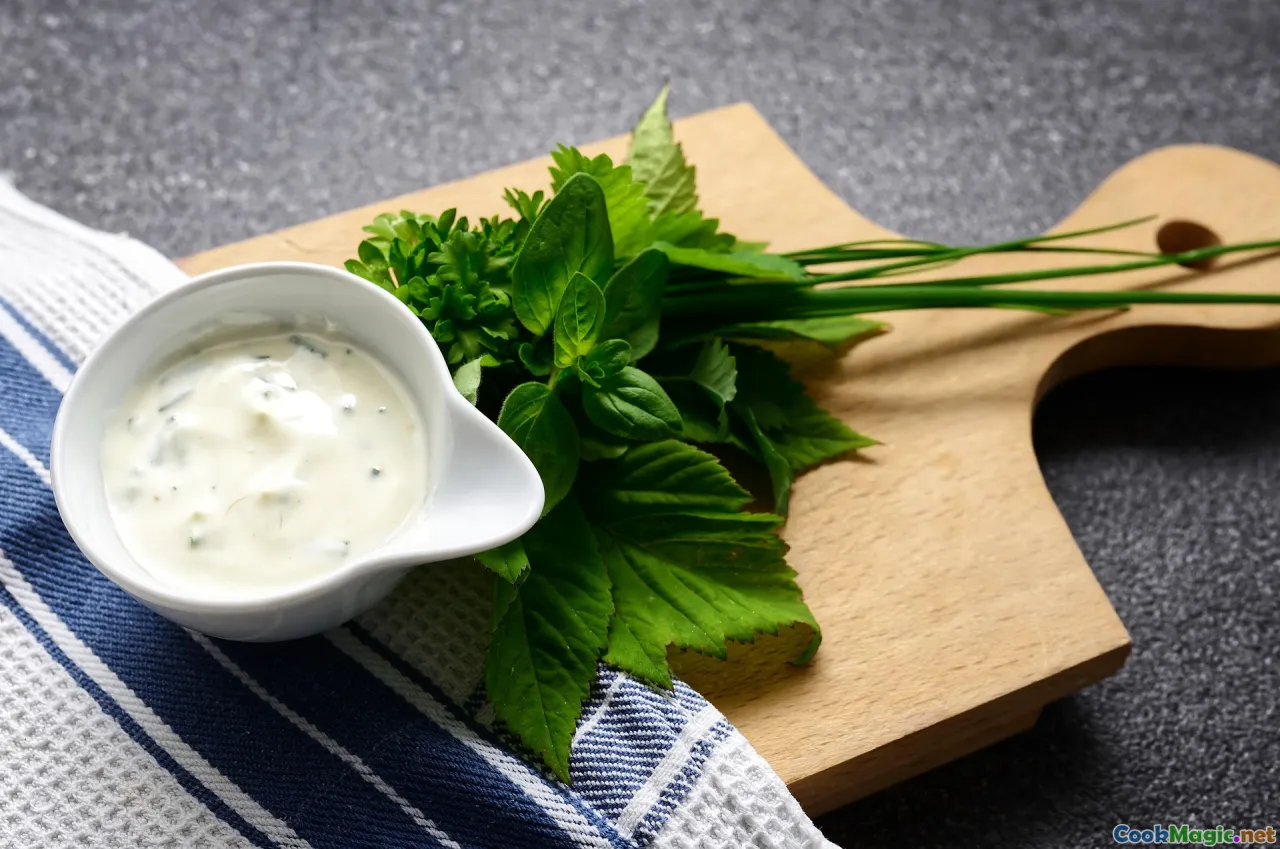
In Maltese cuisine, olive oil is far more than an ingredient; it’s a culinary philosophy. Traditional dishes like stuffat tal-qarnit (cuttlefish stew) rely heavily on the superior quality of local olive oil for their signature richness and depth. Drizzled generously over fresh kirsa (they are sun-dried tomatoes) or dunked with crusty hobz ta’ Malta (Maltese bread), it elevates rustic recipes to a sensory celebration.
A personal favorite is the simple yet profound ħobz ta’ Malta dipped in golden extra virgin olive oil, sprinkled with a pinch of sea salt and a dash of Maltese oregano. The combination of crispy bread, peppery oil, and aromatic herbs creates a harmony that captures Malta’s coastal essence.
Modern chefs and food enthusiasts are pioneering innovative ways to celebrate heritage olive oil. From vibrant salads topped with crushed olives and lemon zest to inventive desserts like olive oil ice cream infused with Mediterranean citrus—these creations are redefining Malta’s culinary landscape while honoring ancestral roots.
Visiting Maltese Heritage Groves: A Journey of Senses
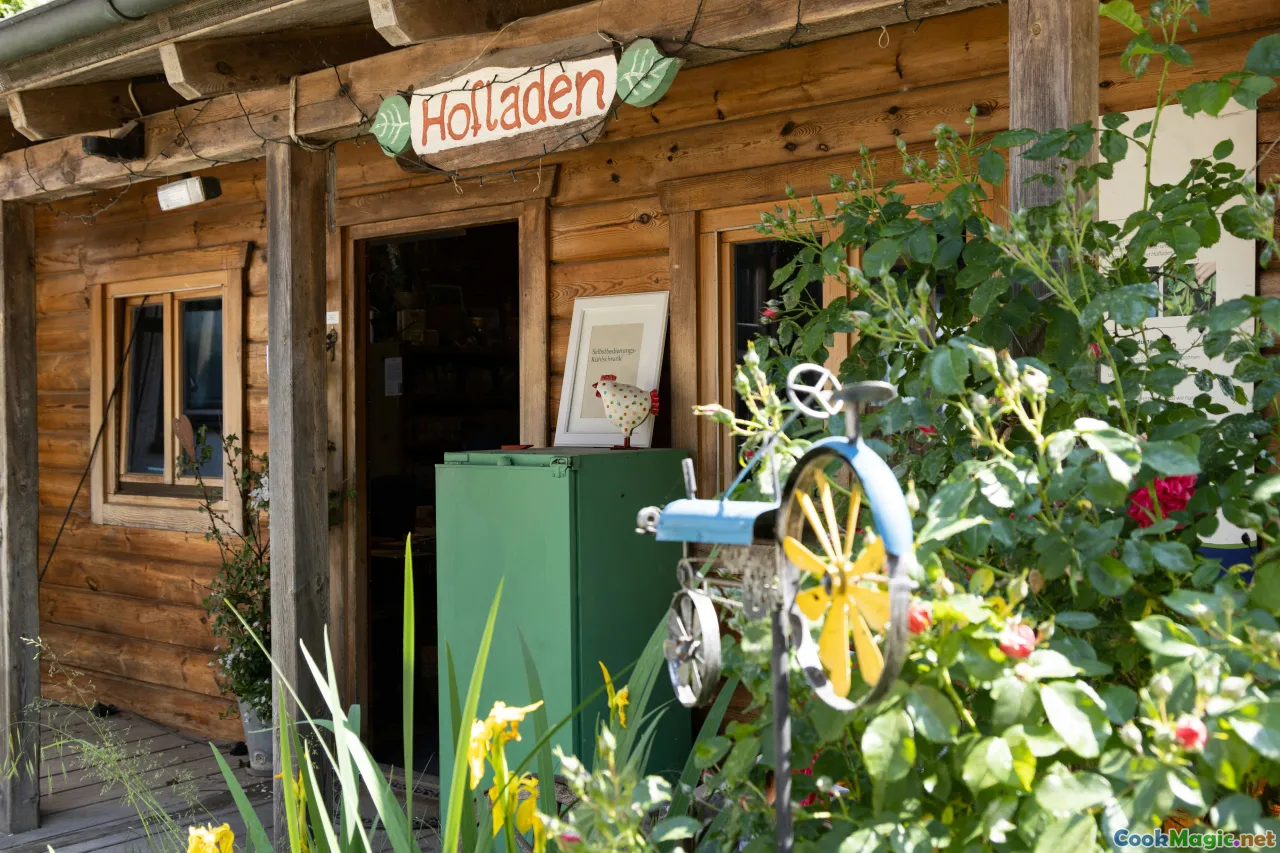
For culinary travelers eager to deepen their connection with Maltese olive oil, guided tours of heritage groves are an unforgettable experience. Walking through winding paths lined with centuries-old trees, visitors encounter silvery leaves shimmering under the Mediterranean sun, while the subtle scent of mature olives hangs in the air.
Many agritourism farms and cooperatives offer tastings directly at the source. Here, you can sample fresh-pressed olive oil beside rustic stone presses or learn firsthand about the traditional methods still in use. Such visits deepen appreciation for the skill, patience, and care invested in every bottle—transforming tasting into a celebration of Maltese cultural identity.
Caring for Heritage Trees: Sustainability Meets Heritage
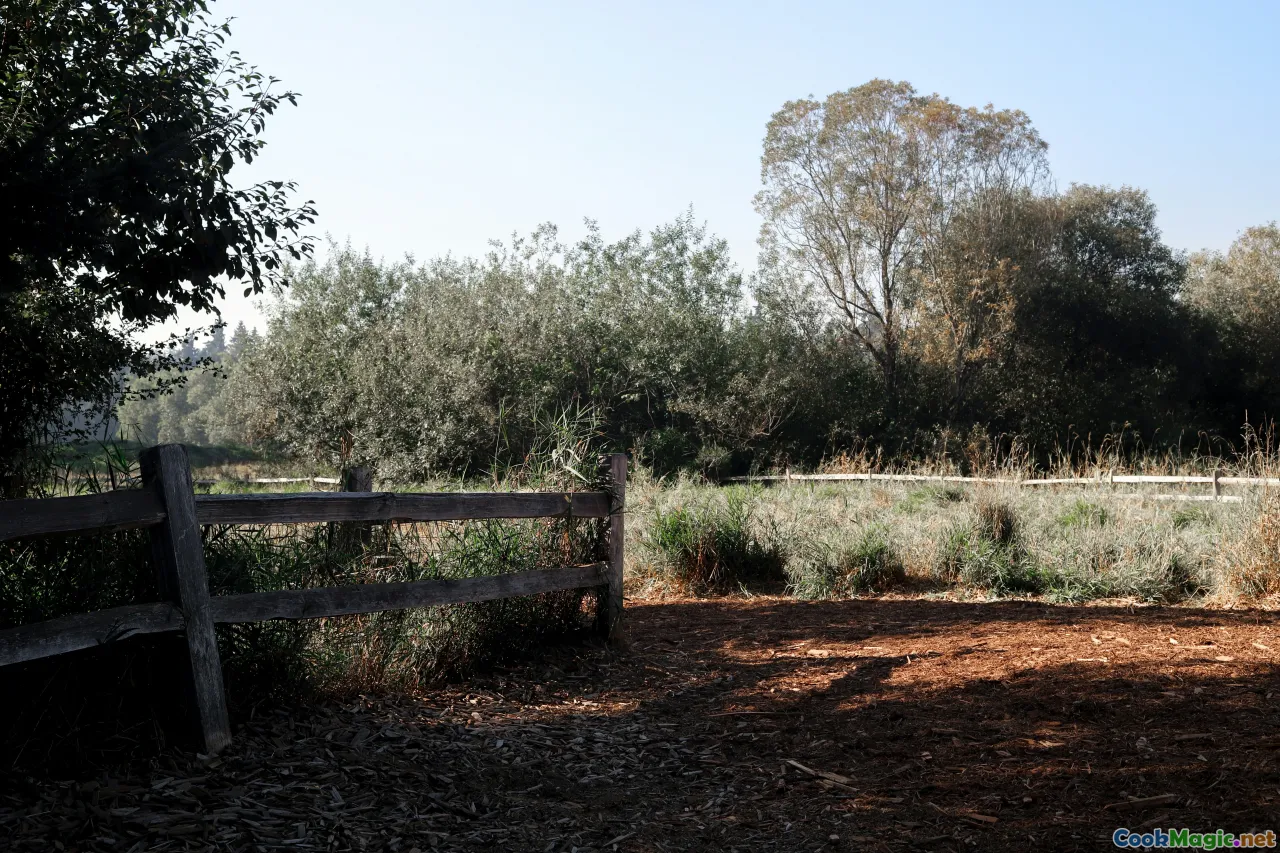
Preserving these ancient groves is crucial not only for maintaining Maltese culinary heritage but also for fostering sustainable agriculture. Many local farmers adhere to eco-friendly practices—integrating organic farming, avoiding chemical pesticides, and practicing crop rotation—to ensure the health of the trees and soil.
Conservation initiatives aim to protect these living monuments from urban encroachment and climate change, recognizing that each ancient olive tree contributes to the biodiversity and resilience of the Maltese landscape.
Supporting local heritage groves doesn’t just mean enjoying their rich oils; it’s an act of cultural preservation, an investment in the future of Maltese culinary identity.
Why Maltese Olive Oil Deserves a Place on Your Table
The allure of Maltese heritage olive oil lies not only in its remarkable flavor profile but also in its ability to forge a deep emotional connection—one that spans centuries and cultures. Its complex aromas, velvety textures, and game-changing health benefits make it indispensable for every gourmet kitchen.
From drizzling over salads, elevating roasted vegetables, serving as a finishing touch for seafood dishes, to being the star ingredient in desserts, Maltese olive oil embodies the essence of the islands—a harmonious blend of history, nature, and craftsmanship.
Next time you indulge, remember—each drop is a sip from the storied heritage of Malta’s ancient groves, a liquid poetry crafted by centuries of tradition. Embrace this heritage, and let the culinary journey transform your palate.
Experience Malta not just through its scenery but through the taste of its ancient olive oils—an edible legacy waiting to be savored in every dish and every drop.









